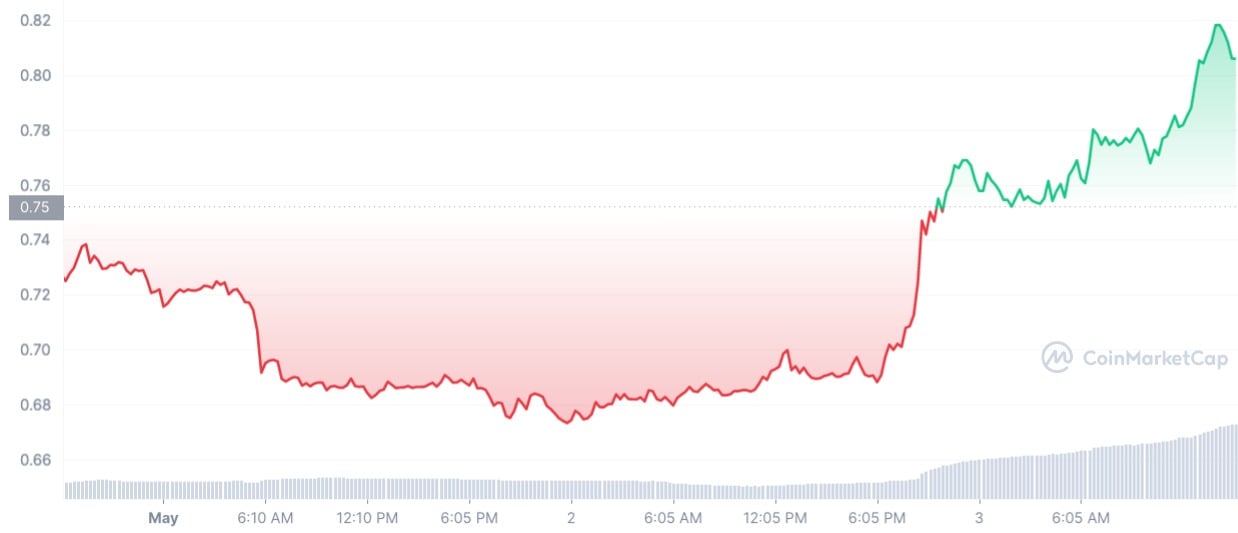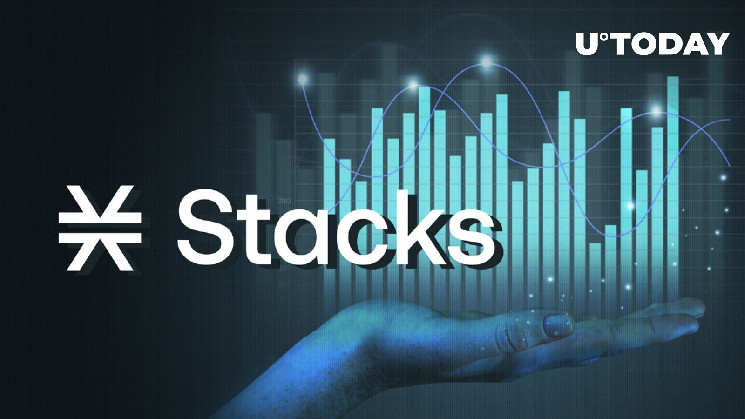Since the beginning of the week, Stacks token, STX, has risen almost 20% in value, becoming a top performer among the top 100 largest cryptocurrencies by capitalization. The reason for such a price action at a time of total market turmoil was record activity on the Bitcoin network.

According to data provided by Colin Wu, since the beginning of May, there has been a significant increase in the number of BRC-20 transactions, with a peak of 366,000 transactions and a fee of 22.5 BTC. Overall, more than 2 million BRC-20 transactions have resulted in 109.7 BTC in fees, which is a lot.
Currently, BRC-20 transactions make up around 40-50% of all Bitcoin transactions, while the fees they generate make up approximately 20-30% of total fees.
What is BRC-20, and what does STX have to do with it?
It all started with Ordinals, a kind of Bitcoin NFT, whose minting possibility was suddenly discovered earlier this year. The emergence of this technology has renewed interest in and attention to the entire Bitcoin ecosystem. The pace of innovation began to skyrocket, with developers releasing updates at lightning speed. This is how BRC-20 came about.
BRC-20 is the Ordinals token standard on the first level of the Bitcoin network. This means no third-party networks and layers, just 100% pure BTC. As a result, the ability of users to experiment at a basic level on the Bitcoin network has led to record activity.
Stacks, on the other hand, occupies the role of the flagship Bitcoin DeFi sector here. Stacks network is a second tier network that offers Bitcoin-compatible smart contracts. In essence, Stacks is the second layer of the Bitcoin network and is probably the only solution for scalability at the moment, while the chain is experiencing unprecedented growth.
 u.today
u.today
